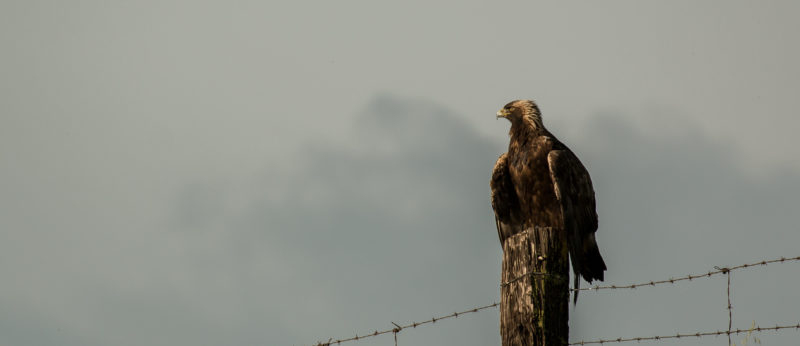The USFWS Eagle Rule Faces a Critical Next Step. REWI Is Ideally Positioned to Help.

On February 12, 2024, the U.S. Fish and Wildlife Service published its long-awaited update to the eagle rule. The new rule is an important step in the right direction and reflects the diligent work of REWI and our Partners and Friends in addition to many other stakeholders.
That said, much work remains to be done, particularly in terms of implementation. Achieving the Biden administration’s goal of decarbonizing the U.S. electricity sector by 2035 will require building hundreds of gigawatts of wind energy – many times more than the 134 GW of current installed capacity – in the next decade.
The new eagle rule has the potential to facilitate rapid expansion of our nation’s onshore wind energy resources – if it can be implemented in ways that are economic and reduce risk for developers while maximizing conservation outcomes.
Sorting out the specifics of implementation is critical, and the Service acknowledges this, noting that they are “actively developing other compensatory mitigation methods, such as roadside carcass removal, that will decrease eagle mortality or increase eagle productivity,” and actively encouraging “interested mitigation providers to contact the Service with ideas on compensatory mitigation methods.” They also indicate that they will “continue to engage stakeholders and develop additional guidance and standards for approving mitigation providers.”
With the support of our industry and conservation/science partners, we produced an objective, independent assessment of the risks wind energy poses for eagles and solutions to address these risks through both minimization and mitigation. REWI led rigorous research on the effectiveness of minimization technologies such as IdentiFlight, and continues testing additional strategies such as painting blades. Further, we have expanded conservation options to mitigate risks by publishing peer-reviewed, operational models of compensatory mitigation through lead abatement and reducing vehicle collisions. We are strongly encouraged that the Service now explicitly authorizes lead abatement mitigation, and that other approaches we have proposed are referenced in the Rule as potentially viable.
REWI has an essential role to play in the next, critical phase of this effort. Indeed, we are one of the few organizations equipped to facilitate collaborative discussions, build consensus, and deliver credible, peer-reviewed research on these issues.
We are ready, willing and able to dive in, and we look forward to continuing to work collaboratively with all our stakeholders to deliver solutions needed to achieve the clean energy transition. The success of REWI and the collaborative work of its partners are benefitting the clean energy transition and wildlife like eagles.